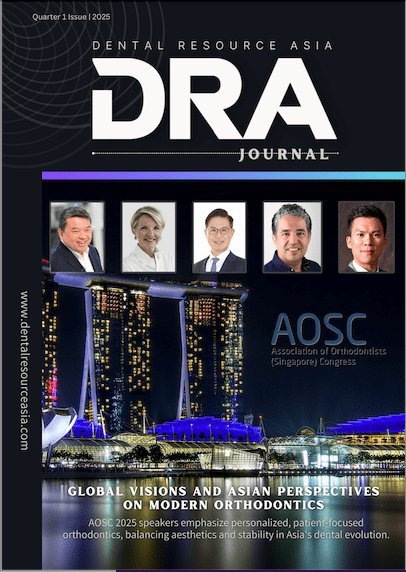Government Spending Skews Towards Insurance Subsidies
AUSTRALIA: Recent analysis of Australia’s dental healthcare system reveals that more than half of the federal government’s $1.3 billion dental care spending is directed toward private insurance rebates, according to reporting by Natasha May at The Guardian. This allocation pattern has raised concerns about systemic inequality in dental care access.
Financial Barriers Lead to Treatment Delays
The disparity in dental care accessibility is particularly evident in patient cost burdens. Peter Breadon, health program director at the Grattan Institute, notes that patients’ out-of-pocket expenses for dental care are significantly higher compared to other medical services. “The share the patient pays for dental care is nine times higher than GP visits and five times higher than for medicines on the pharmaceutical benefits scheme,” Breadon explained, adding that this results in “more than 2 million people say they delay or skip dental care.”
The consequences of limited dental care access are becoming increasingly apparent in public health outcomes. According to Breadon, “record numbers of people – more than 80,000 – turning up to hospitals last year for dental procedures, including getting teeth removed, many of which could have been avoided if people had good access to dental care.”
Current Spending Distribution
The Australian Institute of Health and Welfare data shows that of the $12 billion spent on dental services, individual patients bear 61% of costs, while health insurance funds cover 19%. Government contributions are split between federal (11%) and state (8%) levels. Of the federal government’s $1.36 billion dental services expenditure in 2022-23, approximately $825 million was allocated to premium rebates.
Dr. Ankur Singh, chair of Lifespan Oral Health at the University of Sydney, highlights a critical flaw in the current system. Public dental services meet only one-fifth of eligible groups’ needs, while insurance premium rebates benefit only those who can afford private health insurance. As Singh states, “People experiencing social disadvantage are punished twice.”
Future Policy Considerations
The Department of Health and Aged Care has indicated that work is underway to develop a new national oral health plan for 2025-34, aimed at improving oral health and reducing inequalities. Breadon emphasizes the need for system-wide change, noting that “Skimping on dental care is a false economy. It does lead to these long-term costs that involve people going to hospital for expensive treatments that could have been avoided.”
The article illustrates how Australia’s current dental care system continues to perpetuate healthcare disparities, with significant implications for public health outcomes and healthcare accessibility.
The information and viewpoints presented in the above news piece or article do not necessarily reflect the official stance or policy of Dental Resource Asia or the DRA Journal. While we strive to ensure the accuracy of our content, Dental Resource Asia (DRA) or DRA Journal cannot guarantee the constant correctness, comprehensiveness, or timeliness of all the information contained within this website or journal.
Please be aware that all product details, product specifications, and data on this website or journal may be modified without prior notice in order to enhance reliability, functionality, design, or for other reasons.
The content contributed by our bloggers or authors represents their personal opinions and is not intended to defame or discredit any religion, ethnic group, club, organisation, company, individual, or any entity or individual.

